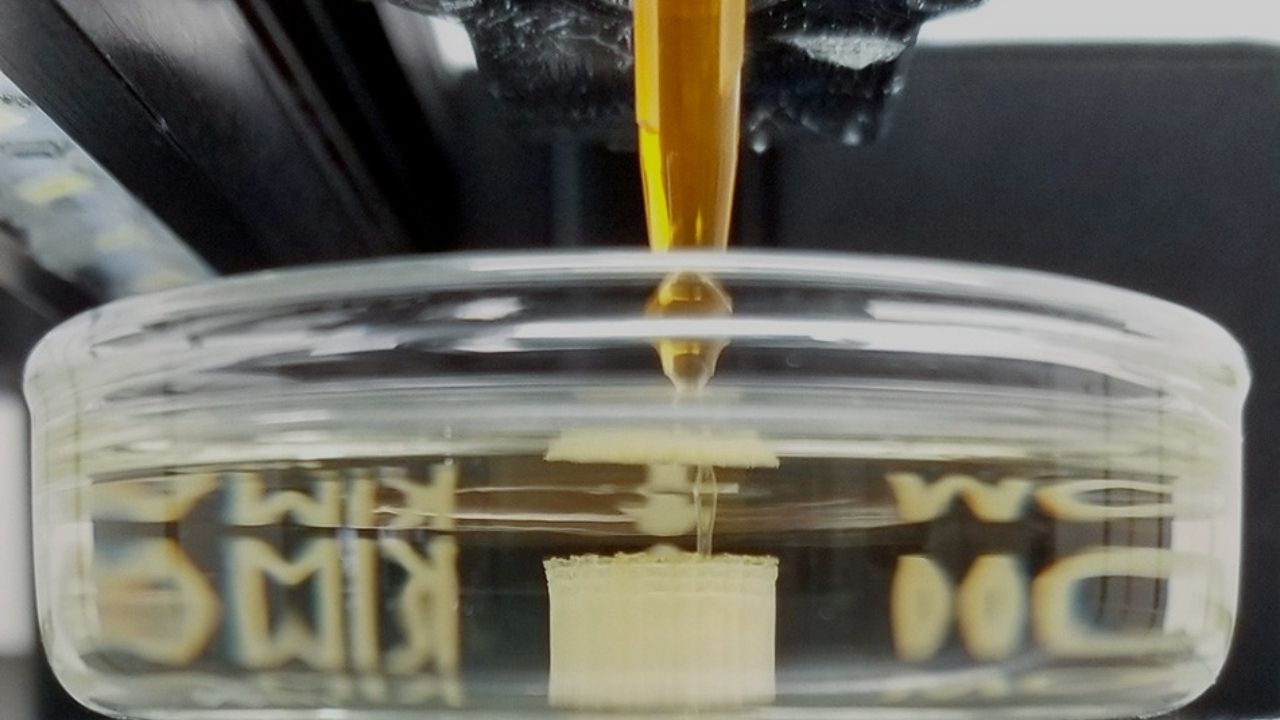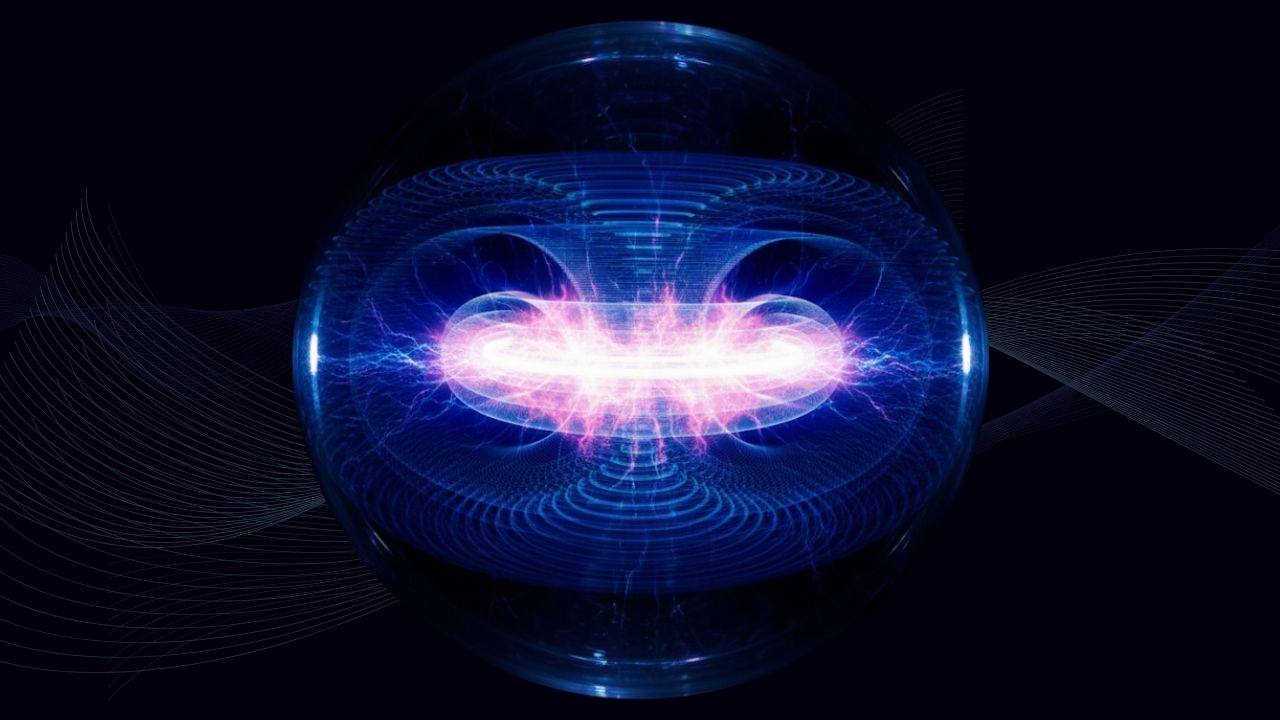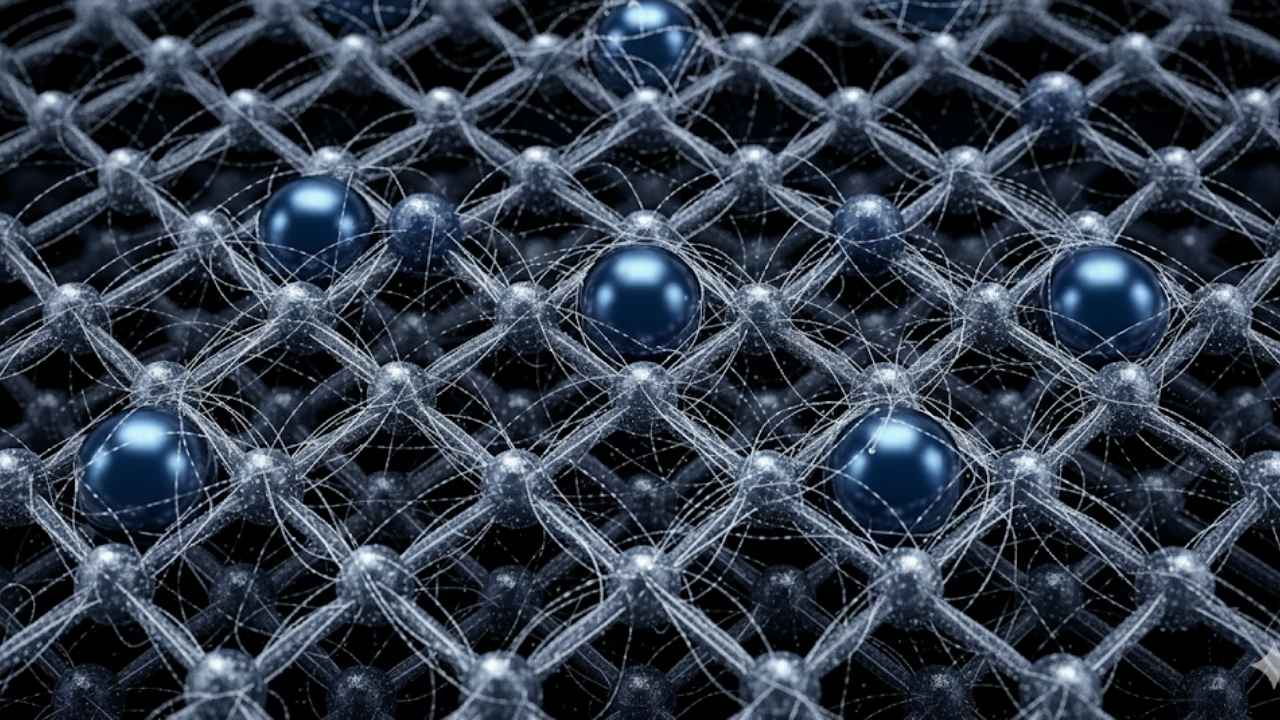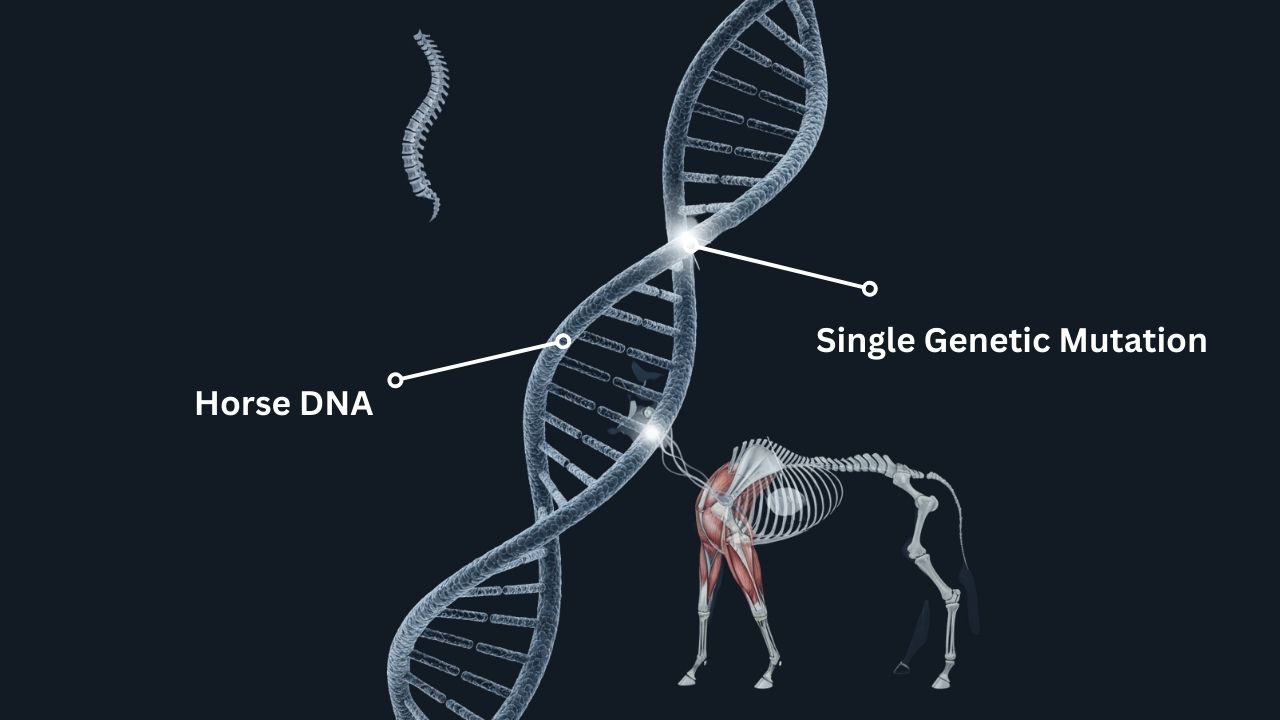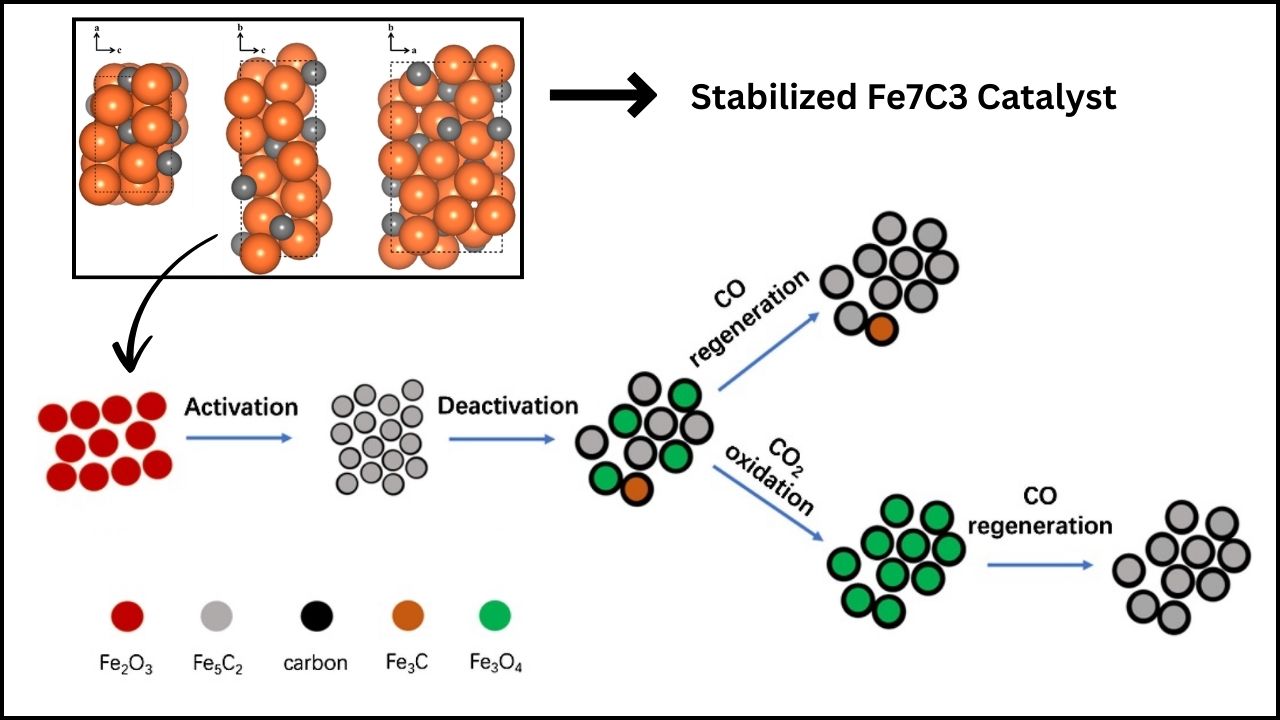Logical Qubit Era in Quantum Computing: Quantum computing has just reached a historic milestone, and Microsoft is leading the charge. In 2025, Microsoft officially declared the dawn of the logical qubit era, a breakthrough that promises to transform how we solve the world’s hardest problems. This new era moves quantum computing beyond its experimental roots and into a future where reliable, large-scale quantum machines can tackle real-world challenges.
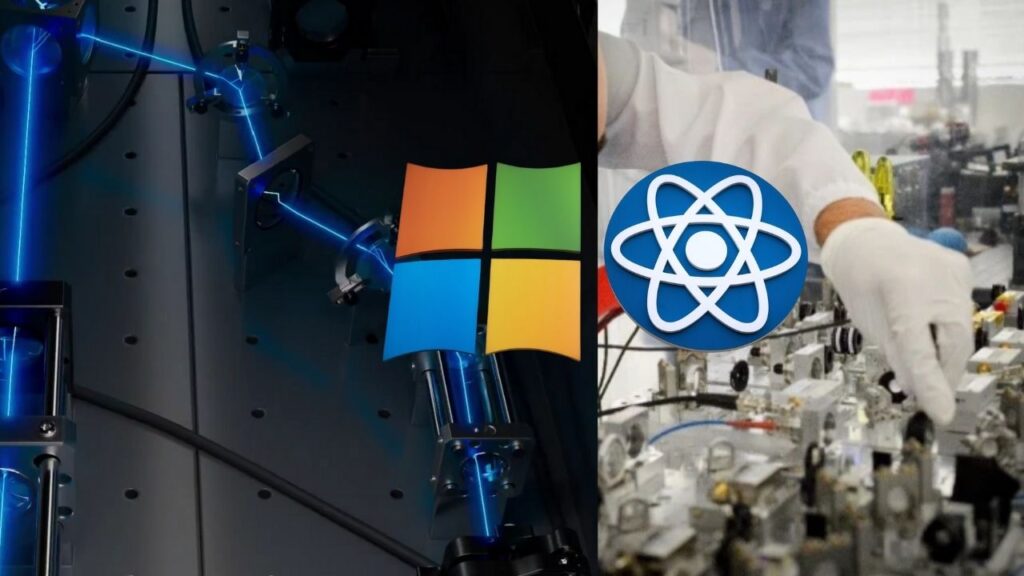
What does this mean for students, professionals, and businesses? Let’s break it down in simple terms, with practical examples, expert insights, and a clear guide to what’s next.
Logical Qubit Era in Quantum Computing
| Feature/Fact | Details |
|---|---|
| Milestone | Microsoft and Atom Computing created and entangled 24 logical qubits, a new world record |
| Commercial Availability | First commercial quantum machine with logical qubits, available for delivery in 2025 |
| Error Correction | Demonstrated error detection and correction on 28 logical qubits |
| Integration | Combines quantum, AI, and high-performance computing via Azure Quantum |
| Applications | Chemistry, materials science, cryptography, education, and more |
| Career Impact | New roles in quantum engineering, software, cybersecurity, and research |
| Official Resource | Microsoft Azure Quantum |
Microsoft’s declaration of the logical qubit era is a turning point in technology. By making quantum computers reliable and commercially available, they’re opening the door to discoveries and solutions previously thought impossible. Whether you’re a student, professional, or business leader, now is the time to get quantum-ready—learn, prepare, and be part of the revolution.
What Is a Logical Qubit? Why Is This a Big Deal?
A qubit is the basic unit of information in quantum computing, like a bit in classical computers. But there’s a catch: physical qubits are super sensitive and make lots of errors because of their tiny, fragile nature. Imagine trying to balance a spinning plate on a stick—one small nudge, and it falls.
Logical qubits solve this problem. They’re made by combining several physical qubits in a special way, using error correction so that if one “plate” wobbles, the others keep the system stable. This makes quantum computers much more reliable and powerful.
Why Does This Matter?
- Physical qubits are noisy and unreliable, limiting what quantum computers can do.
- Logical qubits are stable and can run real computations, opening the door to solving problems classical computers can’t touch.
This leap is as important as the invention of the transistor for classical computers. Just as transistors made modern electronics possible, logical qubits will make practical quantum computing a reality.
Microsoft’s Breakthrough: The Logical Qubit Era Begins
The Journey to Reliability
For years, quantum computers were stuck in the NISQ era (Noisy Intermediate-Scale Quantum), where machines were too error-prone for serious work. Microsoft, in partnership with Atom Computing and Quantinuum, has now demonstrated:
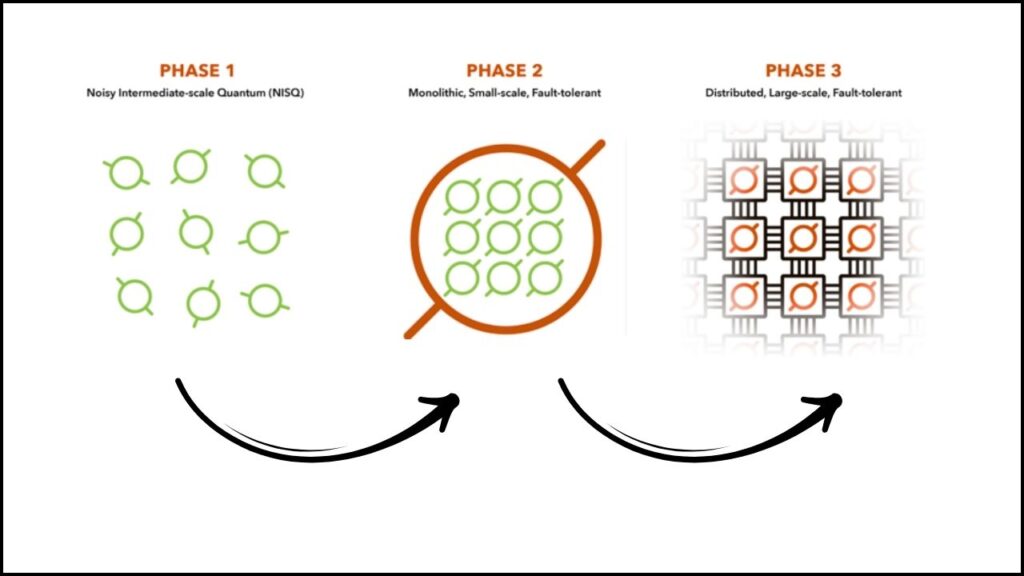
- Creation and entanglement of 24 logical qubits (the largest ever).
- Error detection and correction on 28 logical qubits—a world first.
- Gate fidelity (accuracy) as high as 99.6%, breaking previous records.
These advances mean quantum computers can now run computations that are not only possible, but reliable.
Commercial Quantum Machines: Ready for Delivery
For the first time, you can order a quantum machine built with logical qubits, with delivery starting in 2025. These machines are:
- Field-upgradable—so they get better as new hardware becomes available.
- Integrated with Microsoft Azure Quantum—making it easy to combine quantum, AI, and high-performance computing in the cloud.
- Designed for hybrid environments—letting you use quantum and classical resources together for maximum impact.
How Does This Technology Work?
The Science Behind Logical Qubits
- Physical qubits are like individual musicians in an orchestra—prone to mistakes.
- Logical qubits are the full orchestra playing together, correcting each other’s errors for a flawless performance.
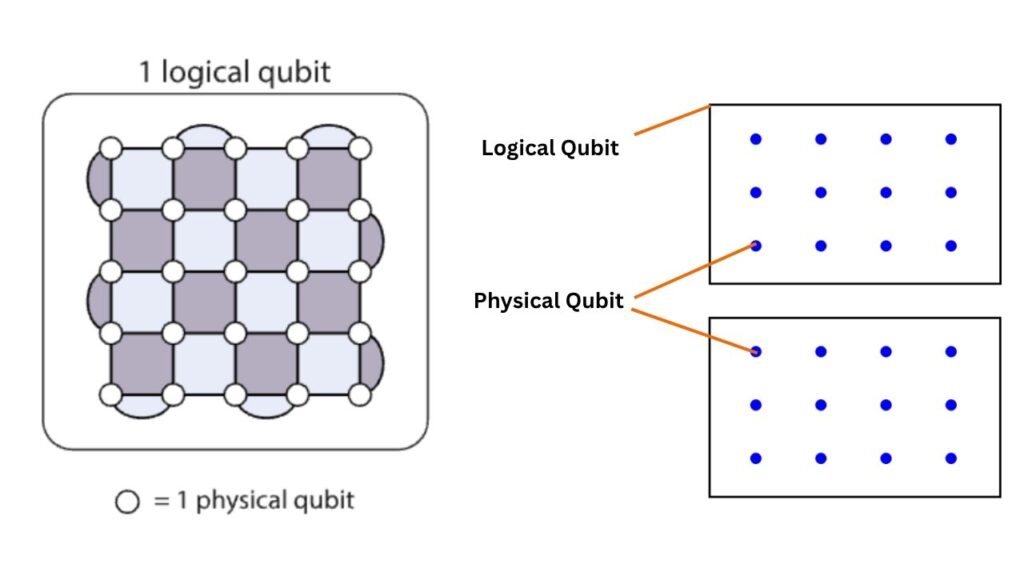
Microsoft’s qubit virtualization system takes physical qubits (from Atom Computing’s neutral-atom technology or Quantinuum’s ion traps) and layers powerful error correction on top. This system:
- Detects and corrects errors in real time.
- Allows quantum computers to run longer, more complex programs without crashing.
Majorana 1: A New Quantum Chip
In February 2025, Microsoft unveiled Majorana 1, the world’s first quantum processor powered by topological qubits. This chip:
- Uses a new material called a topoconductor to create qubits that are naturally protected from noise.
- Is designed to scale to a million qubits—enough to solve problems no classical computer can handle.
- Is being developed with support from DARPA and other leading research agencies, validating Microsoft’s approach as the fastest path to useful, fault-tolerant quantum computing.
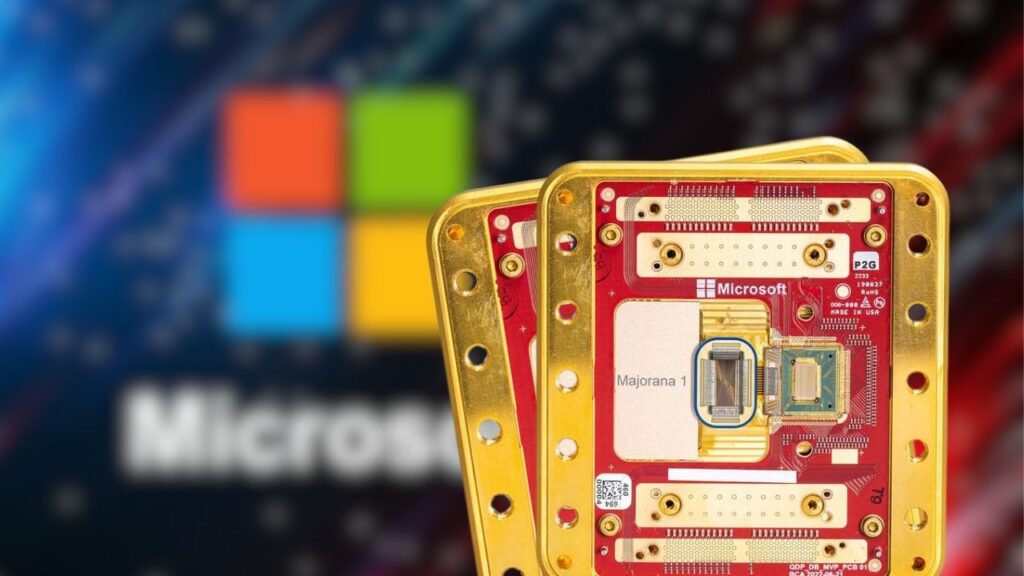
Practical Advice: How to Get Quantum-Ready
For Students and Professionals
- Learn the basics of quantum computing—Start with free courses from Microsoft, IBM, or edX.
- Explore quantum programming languages like Q# (from Microsoft) or Qiskit (from IBM).
- Follow industry news—Stay updated with breakthroughs from Microsoft and partners.
For Businesses and Leaders
- Assess your organization’s quantum readiness—Only 12% of companies feel prepared for quantum opportunities.
- Invest in skills and training—Quantum engineers, software developers, and cybersecurity experts will be in high demand.
- Collaborate with experts—Join Microsoft’s Quantum Ready program for access to resources, training, and early hardware.
- Plan for hybrid solutions—Combine quantum with AI and classical computing to unlock new value.
For Educators
- Incorporate quantum concepts into STEM curriculum—Use Microsoft’s educational resources to inspire the next generation.
- Participate in global initiatives—2025 is the United Nations International Year of Quantum Science and Technology, with events and resources for schools worldwide.
Real-World Examples and Applications
Chemistry and Materials Science
Quantum computers can simulate molecules and materials at the atomic level, helping scientists:
- Design new drugs and vaccines faster.
- Invent self-healing materials for construction and healthcare.
- Break down microplastics into harmless byproducts.
Cryptography and Cybersecurity
Quantum computers will eventually break many existing encryption methods. Getting “quantum-ready” means:
- Upgrading to quantum-safe encryption.
- Training cybersecurity teams in new protocols.
Artificial Intelligence
Quantum computers can supercharge AI by solving optimization problems and training models that are too complex for classical computers.
Quantum Multimode Encoding Breakthrough Promises Higher Data Density and Efficiency
Photonic Quantum Processors Show Enhanced Machine Learning Capabilities Even at Small Scale
FAQs About Logical Qubit Era in Quantum Computing
Q1: What is the difference between a physical and a logical qubit?
A physical qubit is the basic hardware unit, but it’s prone to errors. A logical qubit combines several physical qubits with error correction, making it stable and reliable.
Q2: Why is Microsoft’s announcement important?
It marks the first time logical qubits are available in a commercial quantum machine, moving quantum computing from theory to practical use.
Q3: When can businesses access these machines?
Microsoft and Atom Computing are taking orders now, with delivery set for late 2025.
Q4: What industries will benefit first?
Chemistry, materials science, pharmaceuticals, cybersecurity, and AI are among the first to see major impacts.
Q5: How can I start learning about quantum computing?
Check out Microsoft Azure Quantum, IBM Quantum, or free courses on edX and Coursera.
Q6: Is quantum computing secure?
Quantum computers can break some current encryption, so organizations need to switch to quantum-safe cryptography.
Q7: How many logical qubits are needed for “quantum advantage”?
Experts believe 100+ logical qubits will enable scientific breakthroughs that classical computers can’t match.

